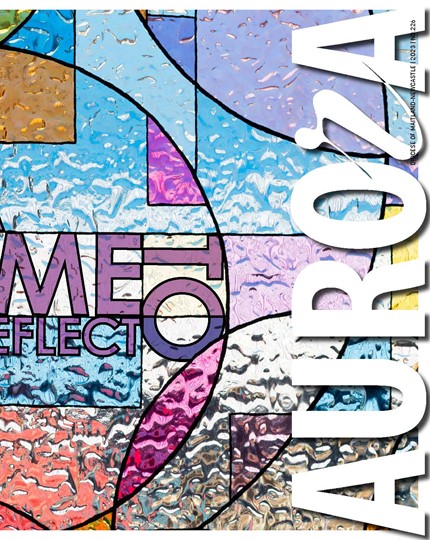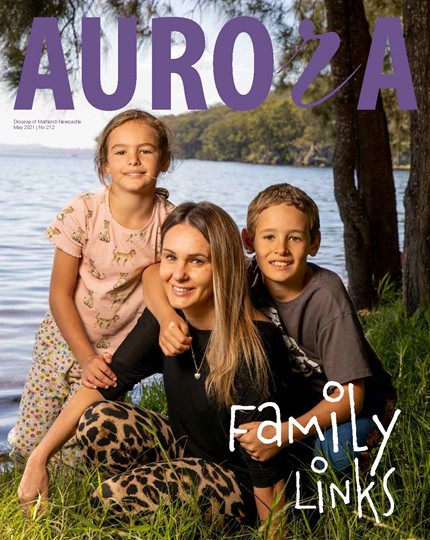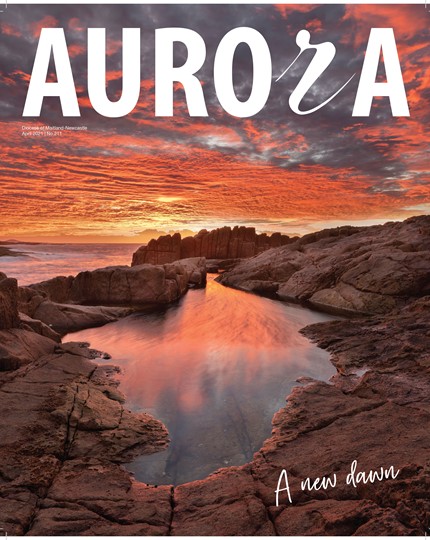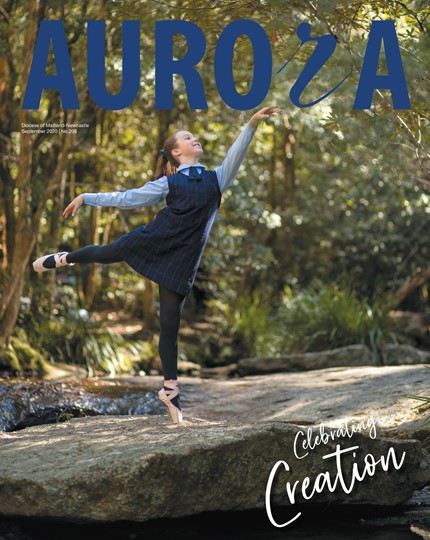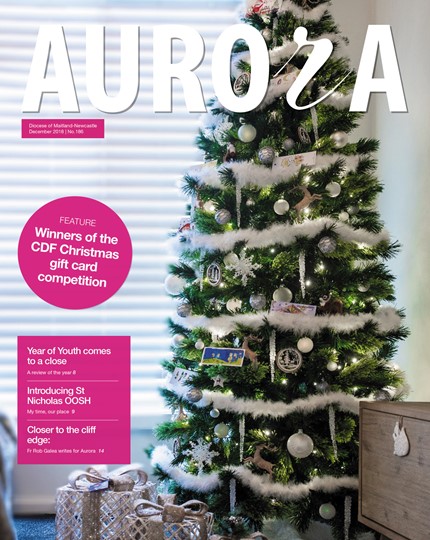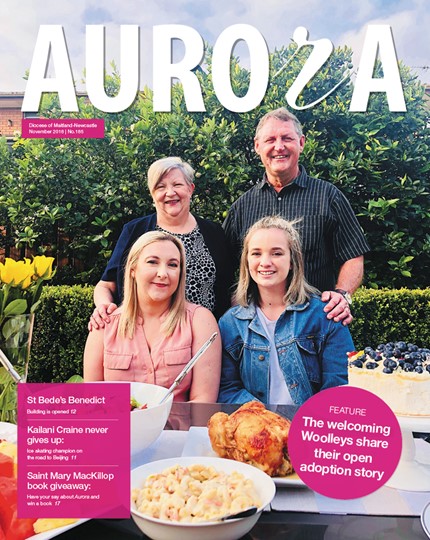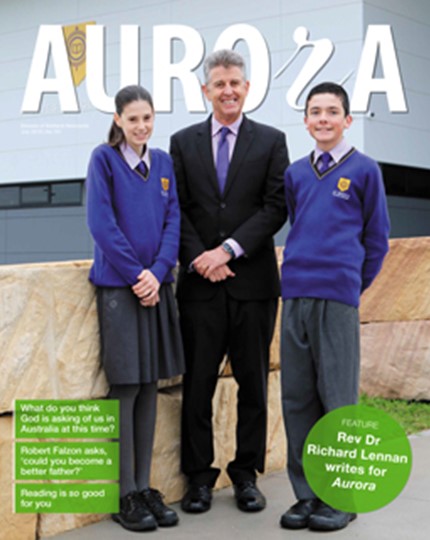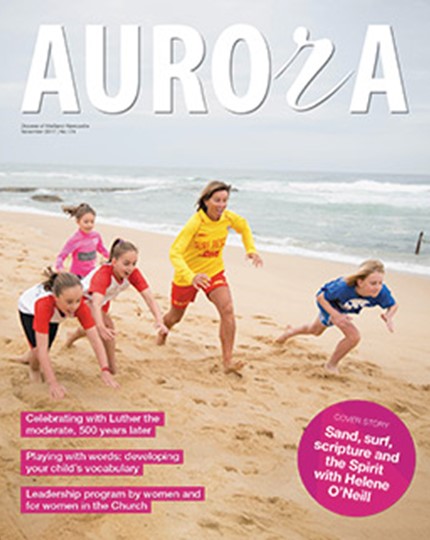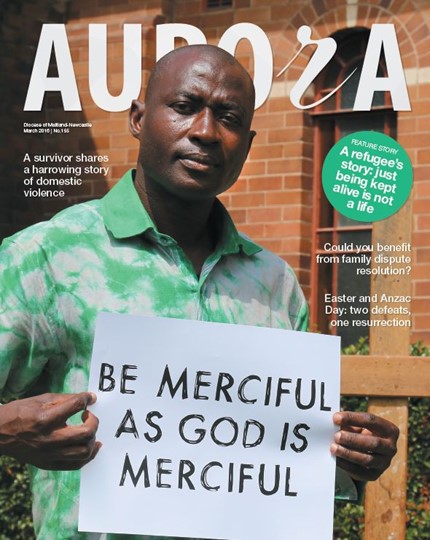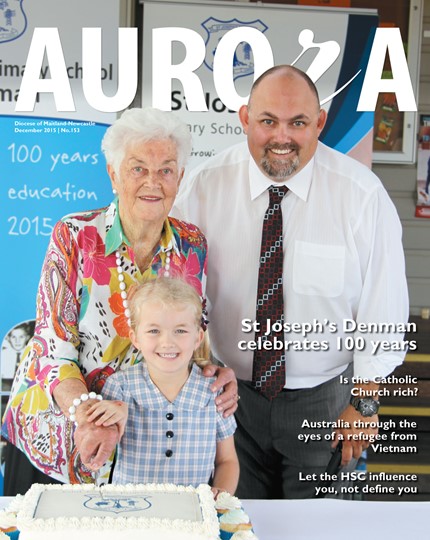This is nothing new. The internet didn’t create pornography; it has just made it more accessible. Still, the teenage boy pornography-viewing statistics might surprise some. The recent SBS program Sex, teens and the digital world — surviving the internet as a teacher cited a study revealing more than 50% of boys aged 14 to 18 access pornography daily.
A University of Sydney study found 38% of 13-to-15-year-olds and 50% of 16-to-18-year-olds said they had sent a sexual picture or video.
Today’s world seemingly “requires” an online presence. If we’re not expressing ourselves online, we’re not in the conversation. This pressure extends to interactions in personal relationships. Teenagers are forever navigating this terrain, often with potentially dangerous consequences. It’s a challenge for parents and carers, irrespective of their level of digital literacy.
Kelly Pavan, psychologist and clinical services manager at CatholicCare, assisted with the research for this story. She uncovered three loose themes from “credible” research into teenagers and pornography: the impact on relationships; the problems associated with mental health; and parents’ and carers’ responses.
Ms Pavan’s assessment of the studies indicates pornography can lead to a distorted view among adolescents of sexuality and sexuality’s connection to developing healthy relationships.
“For example, there is an overestimation of how much sex people have, and there is the belief that sexual promiscuity is normal,” Ms Pavan said. “For young people, it impacts on their ability to form lasting and meaningful relationships. This may then lead to vulnerability, depression, anxiety and overall decrease in life satisfaction. And there are issues around what constitutes safe and respectful sexual practices.”
Australian Institute of Family Studies (AIFS) research suggest adolescents who consume violent pornography are six times more likely to be sexually aggressive, compared to those who viewed non-violent pornography or no pornography. “The most dominant, popular and successful pornography contains messages and behaviour about sex, gender and pleasure that are deeply problematic, in particular, the physical and verbal aggression predominately by men onto their female partners,” Ms Pavan said.
What can parents and carers do? “Open communication and digital literacy are the keys,” Ms Pavan said. “It’s important for parents and carers to have open conversation about children and young people’s online experience. Critical thinking is important. Encouraging young people to question what they see; such as who makes it and why, and what does it mean? And let them reflect on their answers. This respects the ideas of the young person.”
Parents and carers should educate themselves on the current online risks facing young people and take an active role in their children’s digital lives. A good start is the Office of the eSafety Commissioner and its website pages “Online pornography” and “Hard to have conversations”. Among its recommendations are: (1) encourage your children to talk if they’ve seen something that upsets them; (2) let them know they won’t’ be punished if they tell you they’ve viewed inappropriate content; and (3) educate them to understand that if they receive something inappropriate online, not to respond.
Children exposed to pornographic material are at risk of a broad range of maladaptive behavioural issues including anxiety and feelings of disgust, shock, embarrassment, anger, fear and sadness. The phenomenon of teen sexting, the sending of sexually explicit texts and emails, has been linked to pornography exposure.
Cath Garrett-Jones, the Diocese of Maitland-Newcastle Family Engagement Officer for the Catholic Schools Office, said parents and carers have the critical role early on of establishing patterns of close communication where anything is on the table. “Children should feel they can talk freely — judgment free,” Ms Garrett-Jones said. “Take the lead on encouraging conversations.”
An AIFS media release in December 2017, “Pornography shaping young people's sexual experience”, said 44% of Australian children aged nine to 16 years had encountered sexual images in a 12-month period, and of these, 16 per cent had seen images of someone having sex.
Ms Garrett-Jones said parents and carers should keep themselves informed of issues impacting children. “Use media as a platform to engage in conversations with your children,” she said. “If parents and carers are not comfortable to do this, ensure there is a trusted adult the children can talk to. But certainly, fathers can have an important positive role to play in modelling how men should respect women.”
Acting director of the Catholic Schools Office, Gerard Mowbray, says the availability of inappropriate online materials poses a significant challenge in the formation of young people with healthy attitudes to sexual practice.
“The advice presented on quality home communication and parents avoiding closing their eyes to the reality of the online world are critical,” he said. “Be aware, be open and be communicative."
Liz Walker is deputy chair of eChildhood, an Australian health promotion charity mobilising responses to reduce the harmful effects of pornography on children and young people.
She notes the federal government has announced an inquiry into age verification for online wagering and online pornography.
“This is an important first step and one we must all support to create a safer online childhood for children,” she said. “The federal house of representatives is inviting written submissions, addressing one or more of the terms of reference for this inquiry, to be received by Friday, 25 October 2019.
“eChildhood would like to see 1000 submissions, as we know that children's access to pornography poses significant harms.”
https://www.aph.gov.au/Parliamentary_Business/Committees/House/Social_Policy_and_Legal_Affairs/Onlineageverification
Ms Walker says child protection is an issue of the utmost importance.
“I hope I can activate people to respond to the inquiry and voice their support for improved legislation,” she said.
https://www.echildhood.org/au_moves_towards_av






